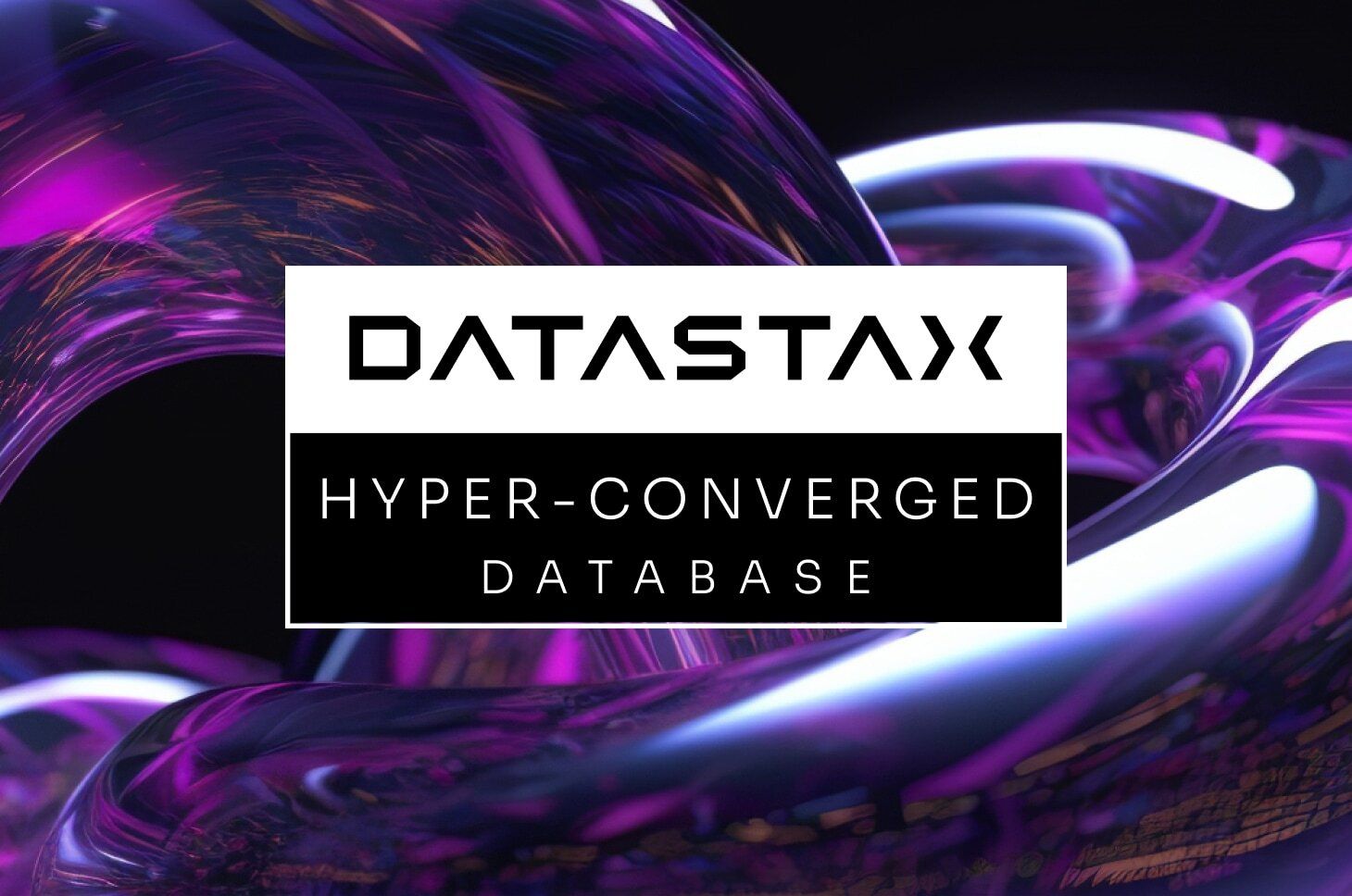Starting Confluent Containers
- Clone this repository on your laptop
git clone https://github.com/clun/confluent-datastax-demo.git
-
Download Kafka Connector from datastax and put
kafka-connect-dse-1.0.0.jarjar in folderdse-kafka-connector -
Start confluents containers with
zookeeper,kafka,schema-registry,ksql-server,ksql-cli,gess(injector),send-gess-to-kafka(UDP Proxy),kafkahq(Web UI)
cd confluent-datastax-demo docker-compose -f docker-compose-confluent.yml up -d
- Wait for containers to start. You can check that topic
atm_txns_gessis feeded using Confluent Control Center. In the UI go toTopicsthen selectatm_txns_gessand then pick tabinspect
You can also use the following command line :
docker exec -i -t confluent-datastax-demo_kafka_1 kafka-console-consumer --bootstrap-server localhost:9092 --from-beginning --topic atm_txns_gess
KSQL
- Open a shell and use the following command to get a kSQL Shell :
docker-compose -f docker-compose-confluent.yml exec ksql-cli bash -c 'echo -e "\n\n⏳ Waiting for KSQL to be available before launching CLI\n"; while [ $(curl -s -o /dev/null -w %{http_code} http://ksql-server:8088/) -eq 000 ] ; do echo -e $(date) "KSQL Server HTTP state: " $(curl -s -o /dev/null -w %{http_code} http://ksql-server:8088/) " (waiting for 200)" ; sleep 5 ; done; ksql http://ksql-server:8088'
- List Existing Topics with
LIST TOPICS;
- Display the same topic with the following
PRINT 'atm_txns_gess' FROM BEGINNING;
- Register the topic as a KSQL stream
CREATE STREAM ATM_TXNS_GESS (account_id VARCHAR, \
atm VARCHAR, \
location STRUCT<lon DOUBLE, \
lat DOUBLE>, \
amount INT, \
timestamp VARCHAR, \
transaction_id VARCHAR) \
WITH (KAFKA_TOPIC='atm_txns_gess', \
VALUE_FORMAT='JSON', \
TIMESTAMP='timestamp', \
TIMESTAMP_FORMAT='yyyy-MM-dd HH:mm:ss X');- Query the stream
SELECT TIMESTAMPTOSTRING(ROWTIME, 'HH:mm:ss'), ACCOUNT_ID, ATM, AMOUNT\
FROM ATM_TXNS_GESS \
LIMIT 5;- Create a clone of the stream
CREATE STREAM ATM_TXNS_GESS_02 WITH (PARTITIONS=1) AS \
SELECT * FROM ATM_TXNS_GESS;- Join the stream (two in practice, but logically still just a single Kafka topic). Also calculate time between two events (useful for spotting past-joins, not future).
We display here transactions of same Account, different transactions within 10 minutes.
SELECT S1.ACCOUNT_ID, \
TIMESTAMPTOSTRING(S1.ROWTIME, 'HH:mm:ss'), \
TIMESTAMPTOSTRING(S2.ROWTIME, 'HH:mm:ss'), \
(S2.ROWTIME - S1.ROWTIME)/1000, \
S1.TRANSACTION_ID ,S2.TRANSACTION_ID \
FROM ATM_TXNS_GESS S1 \
INNER JOIN ATM_TXNS_GESS_02 S2 \
WITHIN 10 MINUTES \
ON S1.ACCOUNT_ID = S2.ACCOUNT_ID \
LIMIT 40;- Filter to avoid same location
SELECT S1.ACCOUNT_ID, \
TIMESTAMPTOSTRING(S1.ROWTIME, 'HH:mm:ss'), \
TIMESTAMPTOSTRING(S2.ROWTIME, 'HH:mm:ss'), \
(S2.ROWTIME - S1.ROWTIME)/1000 , \
S1.ATM, S2.ATM, \
S1.TRANSACTION_ID ,S2.TRANSACTION_ID \
FROM ATM_TXNS_GESS S1 \
INNER JOIN ATM_TXNS_GESS_02 S2 \
WITHIN (0 MINUTES, 10 MINUTES) \
ON S1.ACCOUNT_ID = S2.ACCOUNT_ID \
WHERE S1.TRANSACTION_ID != S2.TRANSACTION_ID \
AND (S1.location->lat != S2.location->lat OR \
S1.location->lon != S2.location->lon) \
AND S2.ROWTIME != S1.ROWTIME \
LIMIT 20;- Adding distance and speed
Derive distance between ATMs & calculate required speed:
SELECT S1.ACCOUNT_ID, \
TIMESTAMPTOSTRING(S1.ROWTIME, 'yyyy-MM-dd HH:mm:ss'), TIMESTAMPTOSTRING(S2.ROWTIME, 'HH:mm:ss'), \
(CAST(S2.ROWTIME AS DOUBLE) - CAST(S1.ROWTIME AS DOUBLE)) / 1000 / 60 AS MINUTES_DIFFERENCE, \
CAST(GEO_DISTANCE(S1.location->lat, S1.location->lon, S2.location->lat, S2.location->lon, 'KM') AS INT) AS DISTANCE_BETWEEN_TXN_KM, \
GEO_DISTANCE(S1.location->lat, S1.location->lon, S2.location->lat, S2.location->lon, 'KM') / ((CAST(S2.ROWTIME AS DOUBLE) - CAST(S1.ROWTIME AS DOUBLE)) / 1000 / 60 / 60) AS KMH_REQUIRED, \
S1.ATM, S2.ATM \
FROM ATM_TXNS_GESS S1 \
INNER JOIN ATM_TXNS_GESS_02 S2 \
WITHIN (0 MINUTES, 10 MINUTES) \
ON S1.ACCOUNT_ID = S2.ACCOUNT_ID \
WHERE S1.TRANSACTION_ID != S2.TRANSACTION_ID \
AND (S1.location->lat != S2.location->lat OR \
S1.location->lon != S2.location->lon) \
AND S2.ROWTIME != S1.ROWTIME \
LIMIT 20;- Persist as a new stream:
CREATE STREAM ATM_POSSIBLE_FRAUD \
WITH (PARTITIONS=1) AS \
SELECT S1.ROWTIME AS TX1_TIMESTAMP, S2.ROWTIME AS TX2_TIMESTAMP, \
GEO_DISTANCE(S1.location->lat, S1.location->lon, S2.location->lat, S2.location->lon, 'KM') AS DISTANCE_BETWEEN_TXN_KM, \
(S2.ROWTIME - S1.ROWTIME) AS MILLISECONDS_DIFFERENCE, \
(CAST(S2.ROWTIME AS DOUBLE) - CAST(S1.ROWTIME AS DOUBLE)) / 1000 / 60 AS MINUTES_DIFFERENCE, \
GEO_DISTANCE(S1.location->lat, S1.location->lon, S2.location->lat, S2.location->lon, 'KM') / ((CAST(S2.ROWTIME AS DOUBLE) - CAST(S1.ROWTIME AS DOUBLE)) / 1000 / 60 / 60) AS KMH_REQUIRED, \
S1.ACCOUNT_ID AS ACCOUNT_ID, \
S1.TRANSACTION_ID AS TX1_TRANSACTION_ID, S2.TRANSACTION_ID AS TX2_TRANSACTION_ID, \
S1.AMOUNT AS TX1_AMOUNT, S2.AMOUNT AS TX2_AMOUNT, \
S1.ATM AS TX1_ATM, S2.ATM AS TX2_ATM, \
CAST(S1.location->lat AS STRING) + ',' + CAST(S1.location->lon AS STRING) AS TX1_LOCATION, \
CAST(S2.location->lat AS STRING) + ',' + CAST(S2.location->lon AS STRING) AS TX2_LOCATION \
FROM ATM_TXNS_GESS S1 \
INNER JOIN ATM_TXNS_GESS_02 S2 \
WITHIN (0 MINUTES, 10 MINUTES) \
ON S1.ACCOUNT_ID = S2.ACCOUNT_ID \
WHERE S1.TRANSACTION_ID != S2.TRANSACTION_ID \
AND (S1.location->lat != S2.location->lat OR \
S1.location->lon != S2.location->lon) \
AND S2.ROWTIME != S1.ROWTIME;- Run queries on the new stream
SELECT ACCOUNT_ID, \
TIMESTAMPTOSTRING(TX1_TIMESTAMP, 'yyyy-MM-dd HH:mm:ss'), TIMESTAMPTOSTRING(TX2_TIMESTAMP, 'HH:mm:ss'), \
TX1_ATM, TX2_ATM, \
DISTANCE_BETWEEN_TXN_KM, MINUTES_DIFFERENCE \
FROM ATM_POSSIBLE_FRAUD;
12. Last KSQL to format stream to push to DataStax
```sql
CREATE STREAM ATM_TXNS_DSE WITH (PARTITIONS=1) AS \
SELECT TIMESTAMPTOSTRING(ROWTIME, 'yyyy-MM-dd HH:mm:ss') AS TIMESTAMP, TRANSACTION_ID, ACCOUNT_ID, ATM, AMOUNT,location->lon AS LON, location->lat as LAT FROM ATM_TXNS_GESS;- Go back to the control center : watch KQL queries live
DEVELOPMENT > KSQL > STREAMSandDEVELOPMENT > KSQL > RUNNING QUERIES.
Now we will send data to DataStax with Kafka-Connect. We can start by showing connect in the control center UI.
KAFKA-CONNECT-SINK
- Start Datastax Components
docker-compose -f docker-compose-datastax.yml up -d
You now have access to DataStax OpsCenter and DataStax Studio
-
Open the studio and go to notebook
Demo_Kafka -
Create
bankkeyspace and tablestransactions,possible_fraudby executing first cell -
You can now register DSE Sink in Kafka Connect :
curl -s \
-X "POST" "http://localhost:18083/connectors/" \
-H "Content-Type: application/json" \
-d '{
"name": "dse_tx_flat",
"config": {
"connector.class": "com.datastax.kafkaconnector.DseSinkConnector",
"tasks.max": "1",
"topics": "ATM_TXNS_DSE",
"contactPoints": "dse",
"loadBalancing.localDc": "DC1",
"port": 9042,
"maxConcurrentRequests": 10,
"maxNumberOfRecordsInBatch": 20,
"queryExecutionTimeout": 1000,
"connectionPoolLocalSize": 1,
"jmx": false,
"compression": "None",
"auth.provider": "None",
"topic.ATM_TXNS_DSE.bank.transactions.mapping": "account_id=value.ACCOUNT_ID, transaction_id=value.TRANSACTION_ID, timestamp=value.TIMESTAMP, atm=value.ATM, amount=value.AMOUNT, longitude=value.LON, latitude=value.LAT",
"topic.ATM_TXNS_DSE.bank.transactions.consistencyLevel": "ONE",
"topic.ATM_TXNS_DSE.bank.transactions.ttl": -1,
"topic.ATM_TXNS_DSE.bank.transactions.nullToUnset": "true",
"topic.ATM_TXNS_DSE.bank.transactions.deletesEnabled": "true",
"topic.ATM_TXNS_DSE.codec.locale": "en_US",
"topic.ATM_TXNS_DSE.codec.timeZone": "UTC",
"topic.ATM_TXNS_DSE.codec.timestamp": "yyyy-MM-dd HH:mm:ss",
"topic.ATM_TXNS_DSE.codec.date": "ISO_LOCAL_DATE",
"topic.ATM_TXNS_DSE.codec.time": "ISO_LOCAL_TIME",
"topic.ATM_TXNS_DSE.codec.unit": "MILLISECONDS"
}
}'
-
Go back to the DataStax studio and query the table, follow the studio elements
-
Open Datastax Studio Fraud notebook (data in not in the DB so do not execute)




